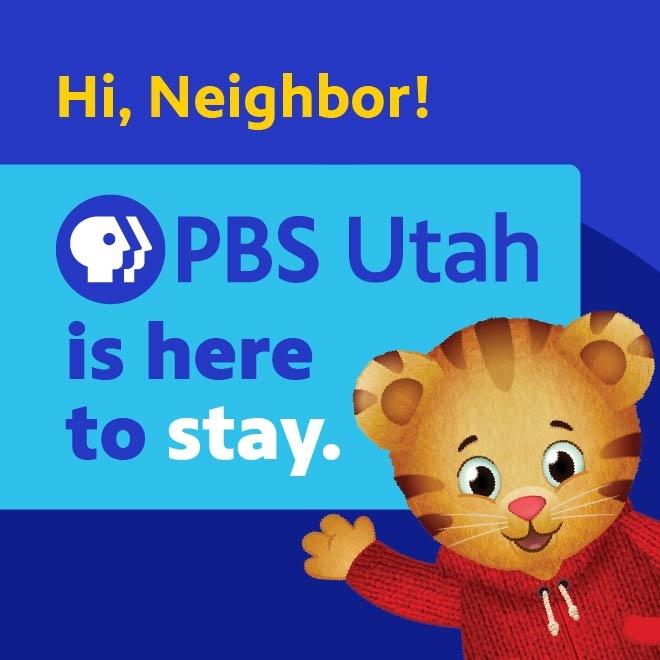Aftermath of Meth
Original Airdate: May 2017
The story of the methamphetamine crisis in rural America - specifically the American West - is a story focused on the devastation of families, individuals, children, ancient tribal rituals and the environment. It is a story that epitomizes the changing landscape of the rural West, a story happening in our own backyard.
KUED’s is a hard-hitting probe of the drug that is devastating many small, rural communities in the West. The unique attributes that characterize the American West have also made it fertile ground for meth manufacturers. “Small Town America” has now become a high-stakes venue for methamphetamine trafficking.
In examining the meth epidemic in the rural Intermountain West, a variety of issues come to the fore, including inadequate efforts of thinly-stretched, small town law enforcement, overburdened healthcare facilities and vulnerable Native American populations. The epidemic also is causing a burgeoning health care crisis affecting women, children, and their families.
The documentary focuses specifically on four stories-- how a Mexican drug cartel cleverly introduced meth to Wyoming’s Wind River Indian Reservation; how the meth epidemic is fueled by the oil and gas boom in the Uintah Basin; the environmental contamination from cooking methamphetamine in clandestine labs and open spaces; and children endangered by living in toxic environments where adults are using and/or manufacturing meth.
In 2001, a Mexican drug ring based in Ogden, Utah developed a comprehensive business plan that directed over 100 pounds of meth – enough for 45,000 doses, with a street value of $6.5 million -- onto the Wind River Reservation, home to the Eastern Shoshone and Northern Arapaho tribes.
With a well thought out plan, three drug ring members from the Utah-based cell rented houses near the reservation, formed romantic relationships with Indian girls, thereby gaining entrée to the reservation, and provided free samples of meth hoping to lure individuals already struggling with alcohol abuse over to meth addiction. Within five years, the reservation became a 2.2 million acre Mecca for meth abuse. Assaults tripled, thefts doubled and child abuse increased 85 percent.
Also playing into the growing meth problem in the heart of the Rockies is the energy boom with its abundant oil and gas drilling operations. With the boom has come a young, roughneck workforce making huge paychecks. With the big money and oil flow has come a substantial increase in assault, domestic violence, theft and meth addiction, which is overwhelming rural law enforcement agencies. An estimated one third of all rig crews in the Uintah Basin have meth-related problems that require a new subset of health and safety concerns.
Steve Tamlin is an inmate doing time for meth possession in Craig, Colorado. The details of his story could be told by any number of workers in the oil and gas field trying to get through 12-hour days of drilling with the help of meth. While some rig operators do periodic drug testing, others find looking the other way keeps the production “boom” moving smoothly and on schedule.
The environmental impact from methamphetamine abuse is also taking an immense toll on the remote landscape of the American West, which is rapidly becoming the kitchen of choice for many meth cooks. For each pound of meth produced, five to ten pounds of toxic waste ends up in the county landfills, farm lands, national forests and local water systems.
The fallout from methamphetamine abuse is a ripple effect and includes many neglected and endangered children who are living in toxic, drug-infested environments where they sleep and eat off surfaces contaminated by meth’s residue. The children living under the care of adults who use and/or manufacture meth are often subject to permanent health damage such as respiratory distress that comes from breathing meth’s toxic fumes. Parents who stay up for weeks at a time often leave children on their own to fend for themselves, or worse, physically abuse them. Meth’s impact on families has put the Division of Family and Child Protection Services on a “red alert.”
The one-hour documentary culminates with the story of a family torn apart by methamphetamine. It is a heart-wrenching story of a young, 17-year old girl who had to assume all parental duties at home, drop out of school, and raise her younger brother while her mother continued to use meth, unable to stop, and her father was serving a prison sentence for meth abuse.
Methamphetamine knows no boundaries and does not discriminate. You never know who will ultimately be affected by meth.
About this Film
Kathy Weiler is the producer of Aftermath of Meth. An independent filmmaker, she previously produced Substance of Denial for KUED (now PBS Utah).
Aftermath of Meth is made possible in part by Salt Lake County Government and the Utah Division of Substance Abuse and Mental Health.
Additional support is provided by The Utah Association of Counties, Utah Hospitals and Health Systems Association, BMW of Murray, Utah Division of Child and Family Services, David and Susan MacFarlane, Founders Title Company, Utah Behavioral Healthcare Network, and Jerry and Edna Taylor.

